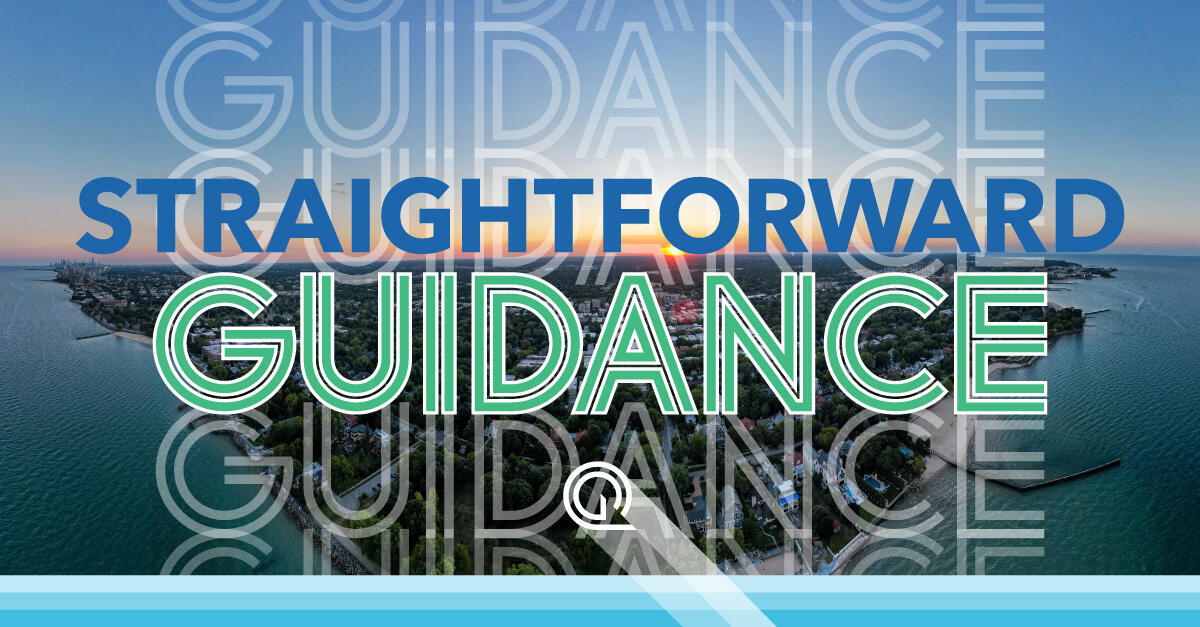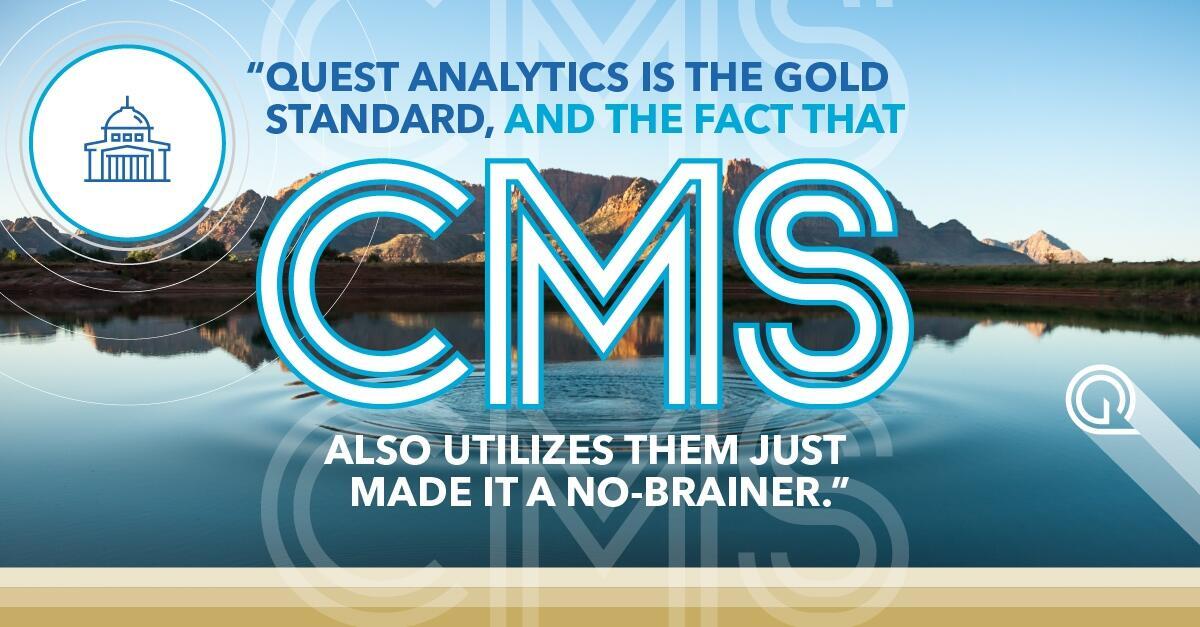In a new guidance document that provided plans and issuers with some enforcement delays over key new price transparency requirements, the Biden administration stood firm on new provider directory verification requirements effective January 1, 2022.
BACKGROUND
As discussed in a prior post from Quest Analytics, starting on January 1, 2022, section 116 of the Consolidated Appropriations Act, “Protecting patients and improving the accuracy of provider directory information,” generally requires group health plans and health insurance issuers to establish a process to update and verify the accuracy of provider directory information at least once every 90 days and to establish a protocol for responding to requests from enrollees about a provider’s network participation status within one business day from the date of the request. Plans and issuers have two business days to update the provider directory upon receiving a provider notification that their information has changed. Health Plans must also establish a process and timeline to remove providers from the directory who have not verified their information.
In a July 2021, interim final rule, “Requirements Related to Surprise Billing; Part I,” the Departments of Health and Human Services (HHS), Labor and Treasury (the “Departments”) stated that plans and providers must apply a “good faith, reasonable interpretation” of the provider directory verification requirements as stated in Section 116. The rule also confirmed that regulations providing additional details would not be issued until after January 1, 2022, the effective date. Further guidance regarding their expectations related to good faith compliance with this provision would be forthcoming.
NEW GUIDANCE
Through a set of Frequently Asked Questions (FAQs) guidance, the Departments provided additional clarity on plans and issuers implementing Section 116 (Q8) expectations.
• First, as stated above, January 1, 2022, continues to be the effective date of the new provider verification requirements. Full stop. Therefore, it is incumbent upon plans and issuers not to take their foot off the gas and slow down implementation. While regulations may not be issued for several months after January 1, 2022, the stated expectation of the Departments remains that plans will implement these new processes on January 1, 2022, and apply a good faith, reasonable interpretation of the statute.
• Second, the FAQ effectively addressed what “good faith compliance” means — specifically, plans and issuers must honor cost-sharing that would apply as if the service or item was furnished by a participating provider and to count cost-sharing amounts toward any deductible or out-of-pocket maximum in a case when an enrollee receives items or services from a nonparticipating provider. The individual was provided inaccurate information by the plan or issuer under either the displayed provider directory or through information provided in response to a request from the individual about a provider’s network participation status. If a plan or issuer does not honor such in-network cost-sharing amounts, the plan or issuer is taking a risk that the Departments will step in and find the plan or issuer to be out of compliance.
It is important to note that this guidance only applies to federal regulators’ enforcement approach. Issuers offering fully insured health insurance coverage are generally subject to primary enforcement by states; this guidance does not bind states. States, especially those with existing provider directory requirements, may continue or ramp up existing processes to proactively monitor and assess enforcement for provider directory accuracy. State departments of insurance frequently receive complaints from consumers on all manner of insurance problems. They have well-established processes to require voluntary corrective actions and take enforcement actions against issuers operating in their state.
IN SUMMARY
The new guidance doesn’t delay the need to implement the new standards for provider directory accuracy as contained in the CAA: plans and providers should be well underway in taking proactive actions now to meet the January 1, 2022 deadline. We offer some best practices and strategies for getting you up to speed and achieving compliance. Explore our Surprise Bill Resource Center to find more guides, videos and tools.
See our provider directory requirements key tips here.
Quest Analytics works closely with CMS and other regulators on network adequacy and accuracy and is committed to partnering with plans to comply with these new requirements.
COMPLIMENTARY PROVIDER DIRECTORY ACCURACY ADVICE
Learn how we can assist your efforts to make your provider data accurate and network adequate. Book a complimentary strategy session with a Quest Analytics expert to get started on your quest for success.























